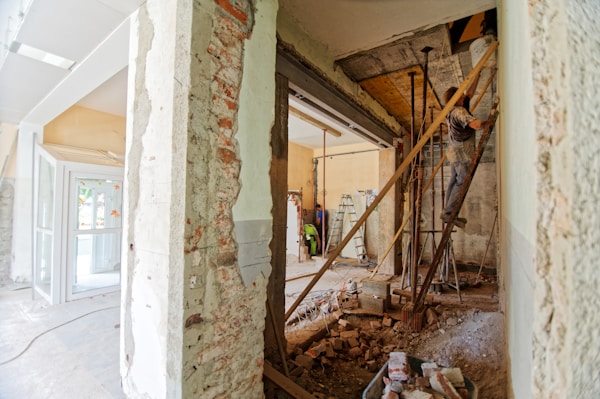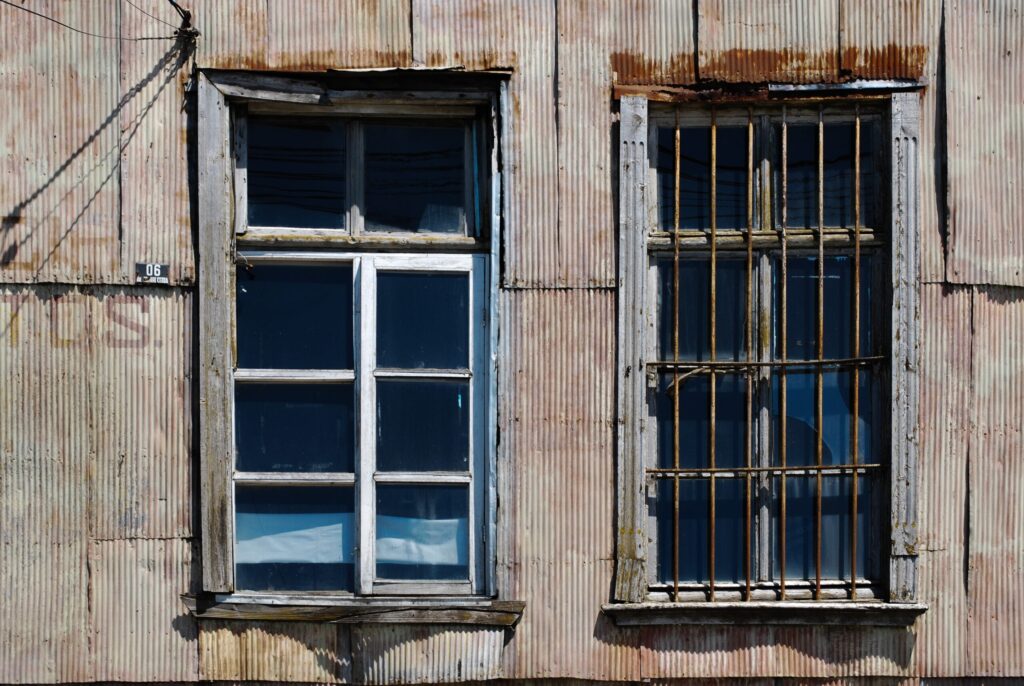Flipping a fixer-upper can be a rewarding and lucrative way to invest in real estate. However, knowing the right strategies for turning a shabby property into an attractive and profitable home is essential. In this article, we will discuss four essential steps to take when flipping a fixer-upper. Keep reading to learn more.
Creating a Reasonable Budget and Timeline

Before diving into the renovation process, developing a detailed budget and timeline for the project is critical. This includes factoring in costs such as labor, materials, permits, and potential contingencies. By creating a comprehensive budget, you can minimize the risk of overspending and ensure that your investment in the fixer-upper will be worthwhile.
To establish a timeline, consider the scope of the repairs and renovations needed, the availability of labor and materials, and any financing constraints. When you work with contractors, such as CMK Construction, they’ll ensure the project is completed on time and within budget. Developing and sticking to a realistic timeline will prevent unnecessary delays and additional costs.
You’ll also want to prepare for the unexpected when flipping a fixer-upper. Unforeseen issues and expenses can arise during the renovation process, so it’s important to have a contingency fund in place. By anticipating possible problems, you can better manage your budget and timeline.
Finding the Right Property
Before you can begin flipping a fixer-upper, you need to find the right property. The ideal property will be in a desirable neighborhood with a strong demand for homes. This will ensure you can quickly sell the home once it’s renovated. Additionally, consider the property’s potential value after improvements and compare it with the renovation cost. You want to ensure that your investment will yield a decent return.
Consider the property’s overall condition, the extent of necessary repairs, and the potential for updates to increase the home’s value. A thorough inspection can be beneficial, as it will uncover any hidden issues that could affect your renovation budget. Don’t forget to check local regulations and permits required for the renovations.
Lastly, be patient when searching for the right fixer-upper. Finding a property that fits your criteria may take time, but a well-chosen project can make all the difference in your success as a home flipper. Keep an eye out for homes that have been on the market for a while, as they may be more open to negotiation.
Focus On Cost-Effective Improvements
When renovating a fixer-upper, prioritize cost-effective improvements that will increase the home’s value the most. This means focusing on key areas such as the kitchen, bathrooms, and curb appeal. These are places where potential buyers tend to look closely and where you can make the most significant impact.
In addition to these areas, consider improvements that will make the home more energy-efficient, such as updated windows, insulation, and energy-efficient appliances. Buyers are becoming increasingly interested in energy efficiency, and these updates can be an excellent selling point.
Finally, although it can be tempting to go all-out with high-end finishes and custom features, keep in mind that you’re trying to make a profit. Stick to updates that will appeal to the majority of buyers and fit within your budget. Remember that your taste might not align with your target audience, so choose neutral colors and finishes to appeal to a broader range of potential buyers.
Hiring the Right Professionals

Having a team of experienced professionals by your side can be invaluable when flipping a fixer-upper. From contractors like Esser Air Conditioning and Heating specialists to inspectors, having the right experts can help ensure a smoother and more successful project.
While saving a few dollars by doing the work yourself might be tempting, remember that time is money in the flipping business. Hiring a team of experts ensures a more professional result and can help you complete the project faster and more efficiently.
Flipping a fixer-upper is a challenging but potentially rewarding venture. By carefully choosing the right property, developing a reasonable budget and timeline, focusing on cost-effective improvements, and working with the right professionals, you’ll be well-equipped for success in the home flipping business.





